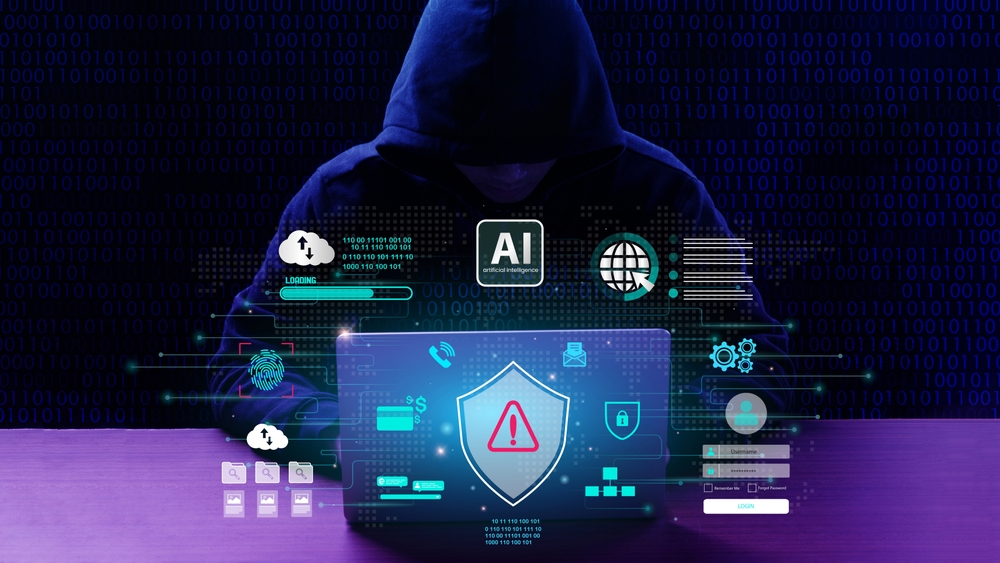In recent years, advancements in artificial intelligence have provided society with powerful tools for creativity, education, and innovation. However, these same technologies have also introduced darker applications, one of the most disturbing being the creation of AI-generated child sexual abuse material, as a recent Associated Press article highlights.
Law enforcement agencies across the United States are taking urgent action against offenders who exploit AI to produce or manipulate exploitative content involving children. From modified photos of real minors to entirely computer-generated depictions, these images present new legal and ethical challenges that demand immediate attention and action.
AI and Child Exploitation: An Overview
Artificial intelligence and machine learning have given rise to sophisticated “deepfake” technology — the ability to create hyper-realistic images or videos that can manipulate or synthesize individuals’ likenesses. Initially, deepfake technology was popularized through harmless applications, such as creating realistic avatars or blending faces for entertainment. However, malicious actors soon began to use these tools to generate abusive images and videos, targeting children in a digital format that is exceptionally difficult to track and remove.
Justice Department officials have noted that AI-driven child exploitation content represents a new frontier in the fight against online child abuse. Unlike conventional imagery that involves the direct harm of real children, AI can simulate the appearance of minors in lifelike ways without involving actual victims. This digital deception complicates the pursuit of offenders, as it blurs the line between real and fabricated abuse, raising difficult questions around ethics, enforcement, and legislation.
Law Enforcement Crackdown
Recognizing the dangers, law enforcement agencies at federal, state, and local levels are collaborating to clamp down on AI-driven child sexual abuse material. The Department of Justice has been particularly proactive, pledging to hold accountable those who utilize AI to produce or distribute exploitative images. Federal prosecutors and investigators are applying laws originally designed to combat child pornography, often using digital evidence and expert testimony to address the relatively new threat posed by deepfake technology.
State agencies are also contributing to the fight by passing legislation aimed explicitly at criminalizing AI-generated child exploitation content. In many states, it is now illegal to create, distribute, or possess deepfake images or videos that involve minors. Last month, California Governor Gavin Newsom signed a bill to protect children from deepfake AI nude images. Still, the complexity of deepfake content requires constant vigilance and adaptations to stay ahead of new technological capabilities that offenders may leverage.
Legal Challenges and New Legislation
AI-driven child sexual abuse imagery has introduced a myriad of challenges for the U.S. legal system. Traditional child exploitation laws were established with the understanding that an actual victim must exist; however, AI-generated content does not involve direct exploitation of real children, creating a legal gray area. Legislators at the state and federal levels are now exploring amendments to existing child exploitation laws to clarify that deepfake images are prosecutable offenses.
Several states have already begun amending laws to address AI-based deepfakes, making it a crime to create, distribute, or consume AI-generated child abuse material. These legal efforts underscore the need to treat deepfake content as equally harmful, even if it does not involve real-life victims. Lawmakers argue that, even without direct victims, these images perpetuate harmful ideologies, encourage criminal activity, and contribute to a culture of exploitation that ultimately endangers real children.
Technology Companies and Responsibility
As the government addresses these issues, technology companies and AI developers also bear a responsibility to implement safeguards against the misuse of their tools. By creating stricter age-verification processes, adopting image recognition systems, and restricting access to AI-driven tools that can be exploited, companies can help mitigate the spread of harmful content.
Moving Forward: Education and Awareness
Protecting children from digital exploitation is a challenge that requires a multi-faceted approach. Alongside legal reforms and increased law enforcement efforts, public education and awareness are essential. Parents, guardians, and educators must be informed about the ways AI can be misused to exploit children, as well as the signs of potential harm. By staying aware of the threats posed by emerging technologies, adults can take proactive steps to protect minors from becoming unwitting targets or victims.




